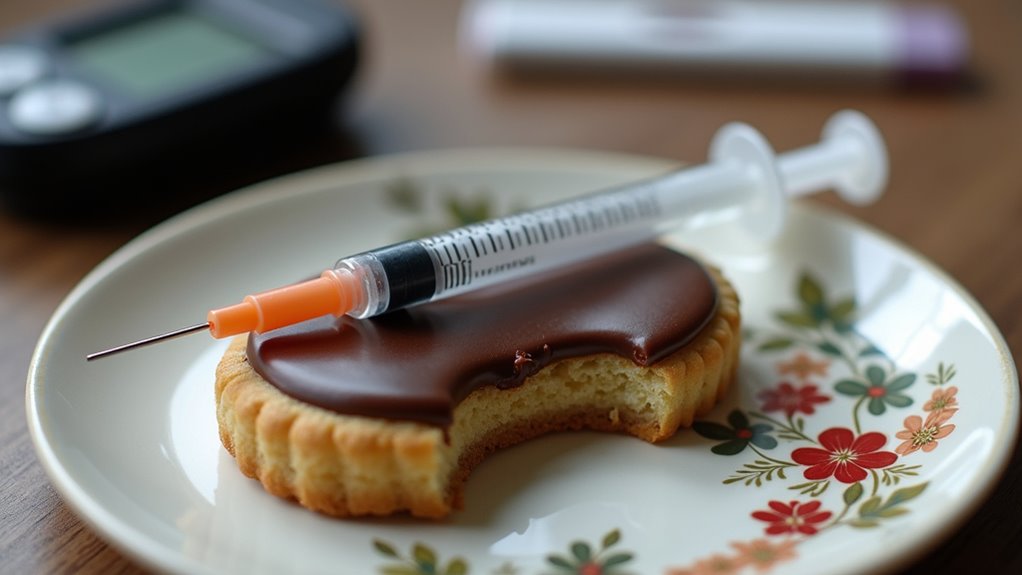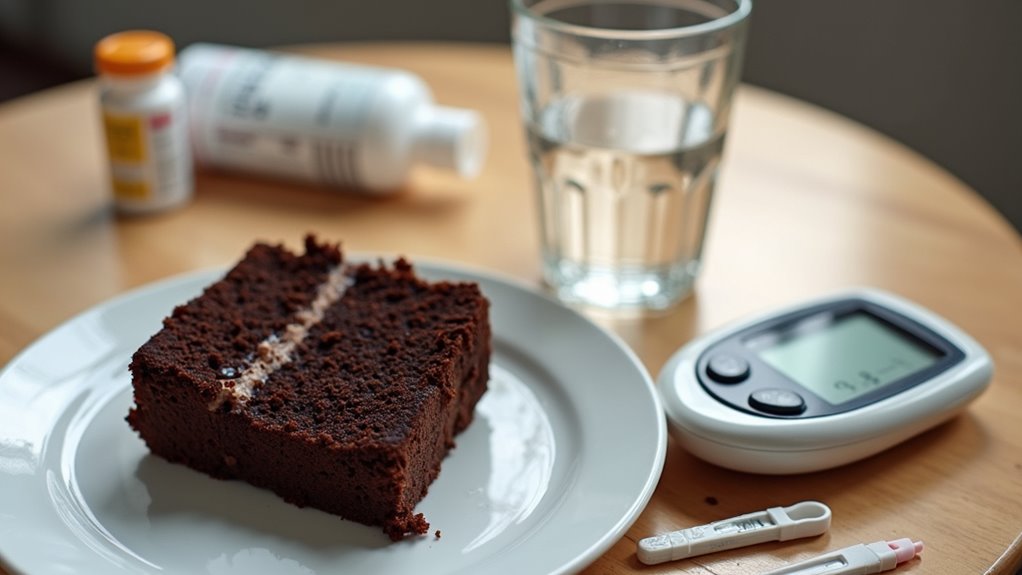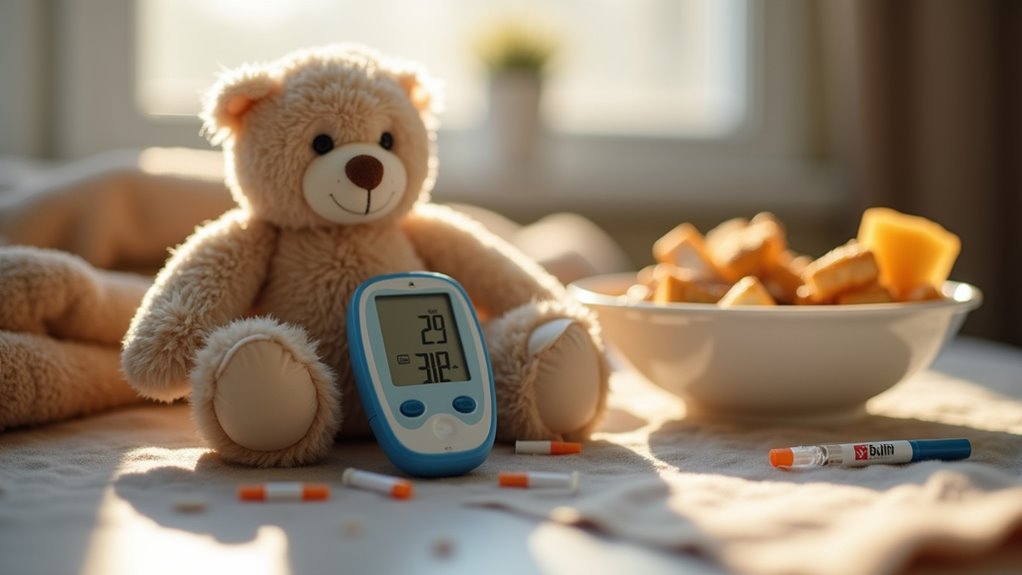While many Australians enjoy their flat whites and Tim Tams without a second thought, an alarming health emergency has been quietly intensifying across the nation. Diabetes is exploding in Australia. The numbers don’t lie: 5.3% of the population had diabetes in 2022—that’s 1.3 million people. Nearly three times more than in 2000.
Every day, 194 Australians receive that life-changing diagnosis. Every. Single. Day. And for every five diagnosed cases, another four are walking around completely unaware they have it. Terrific.
The situation gets bleaker with age. Almost 19% of Australians between 80-84 have diabetes. The young aren’t safe either. Diagnoses have shot up 44% among 21-39 year-olds in the past decade. Let that sink in.
By 2050, experts predict up to 3.6 million Australians will have diabetes. And that’s just the diagnosed cases. Our aging population means more elderly Australians will join the diabetes club—not exactly the retirement plan they had in mind.
The disease plays favorites, too. Living in a disadvantaged area? Your chances go up. Born overseas? Higher risk. Less education or unemployed? The odds aren’t in your favor. It’s a disease that exploits inequality like it’s going out of style.
Australia boasts one of the highest rates of type 1 diabetes in children worldwide. Not exactly a bragging right. Meanwhile, type 2 diabetes—the most common form—continues its relentless march across the country, fueled by obesity and lifestyle factors.
The healthcare system is groaning under the pressure. More cases mean more complications—heart disease, kidney failure, blindness. The works. Technology might help, but access to care remains spotty at best.
The diabetes crisis isn’t just coming. It’s here. While politicians debate and healthcare systems adapt (slowly), millions of Australians face a reality they never asked for. The sweetest country on earth has a bitter problem on its hands. Regular physical activity and maintaining a healthy weight can dramatically improve insulin sensitivity and help prevent type 2 diabetes.









